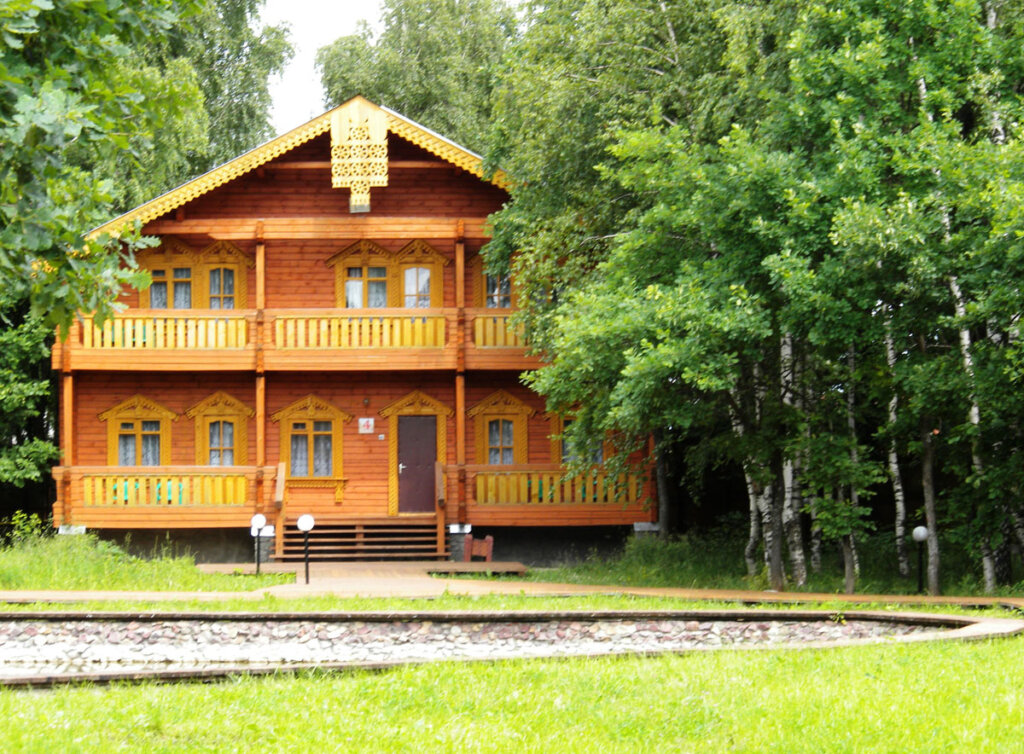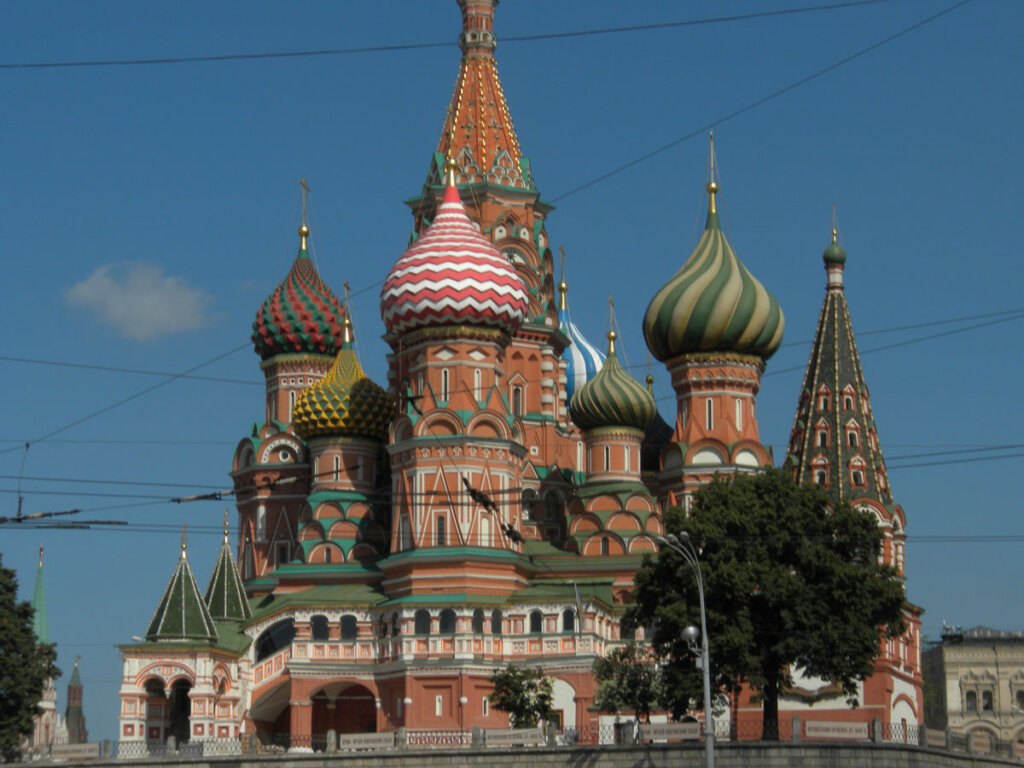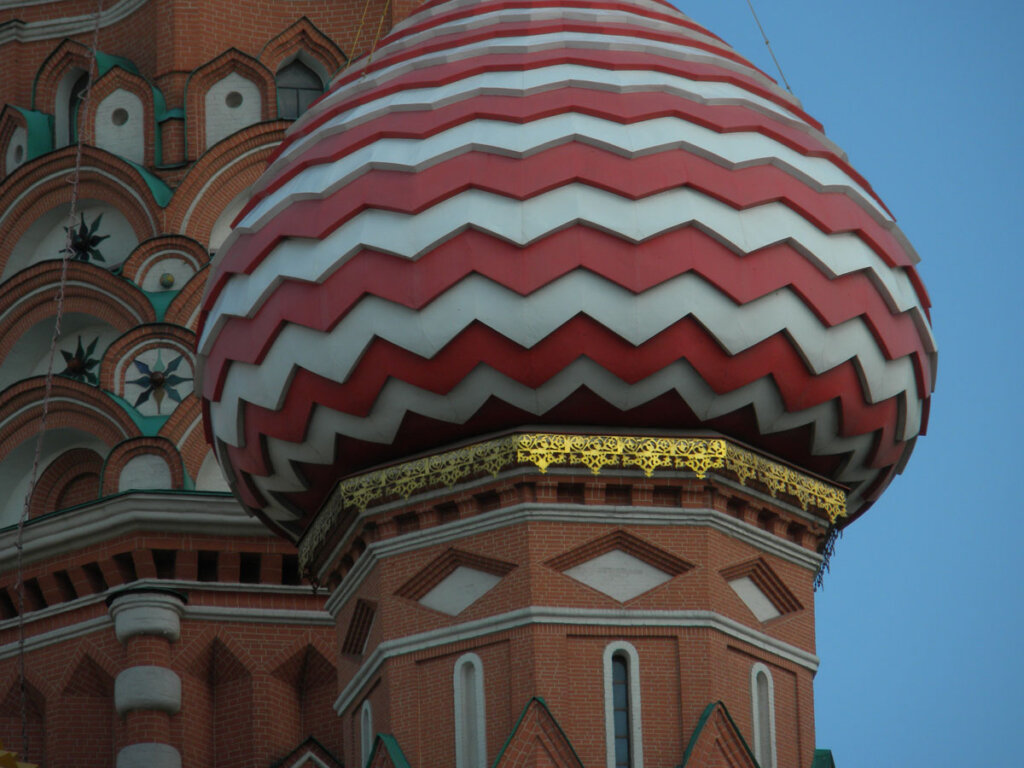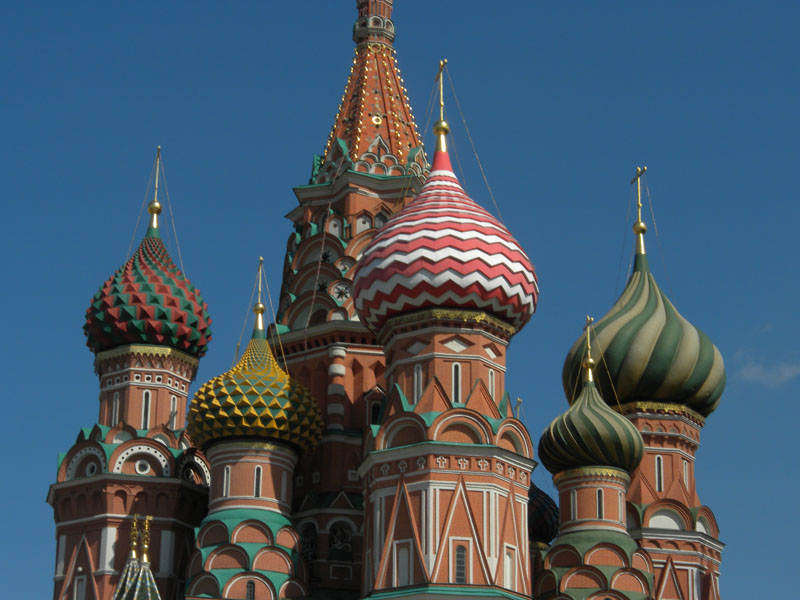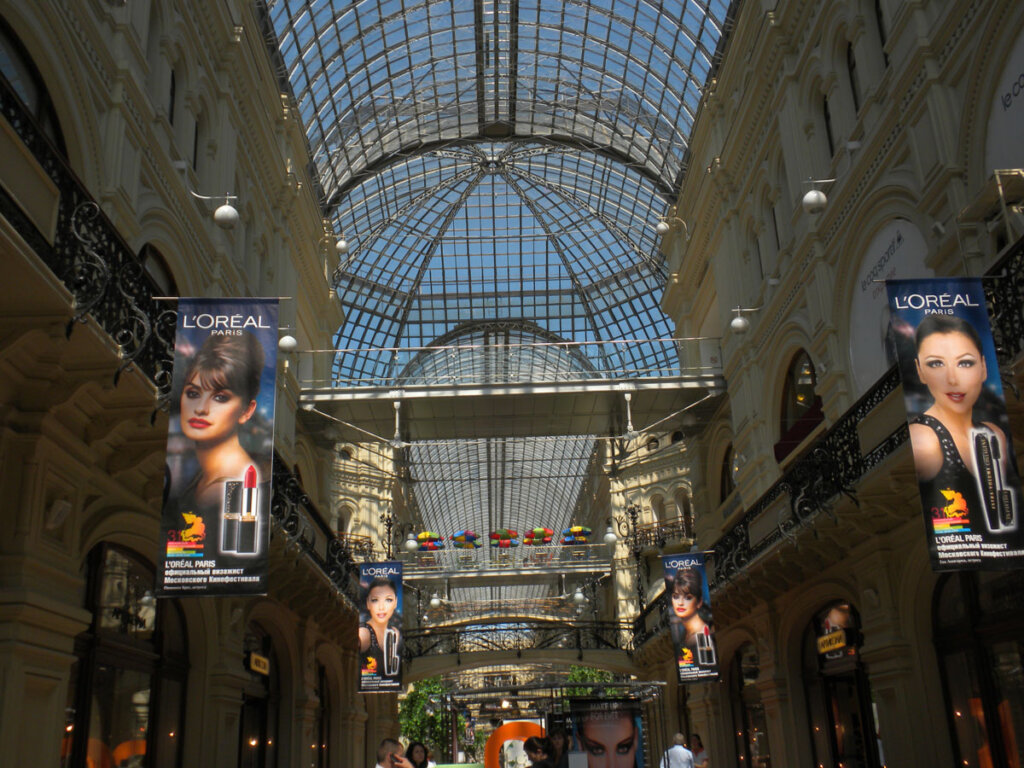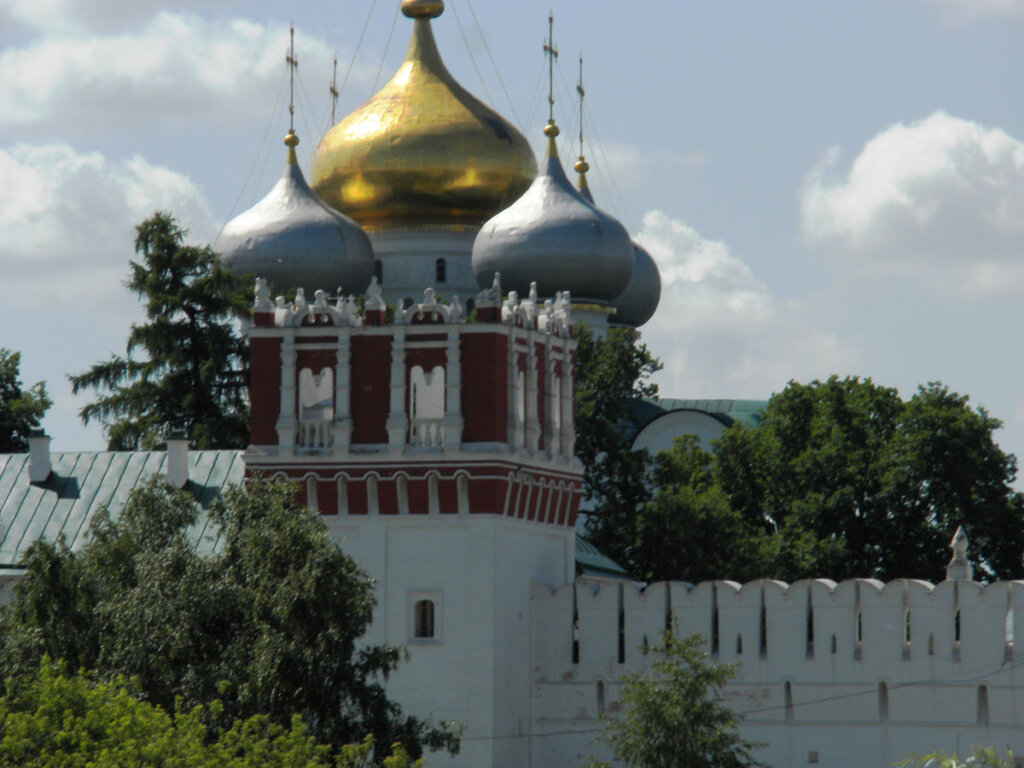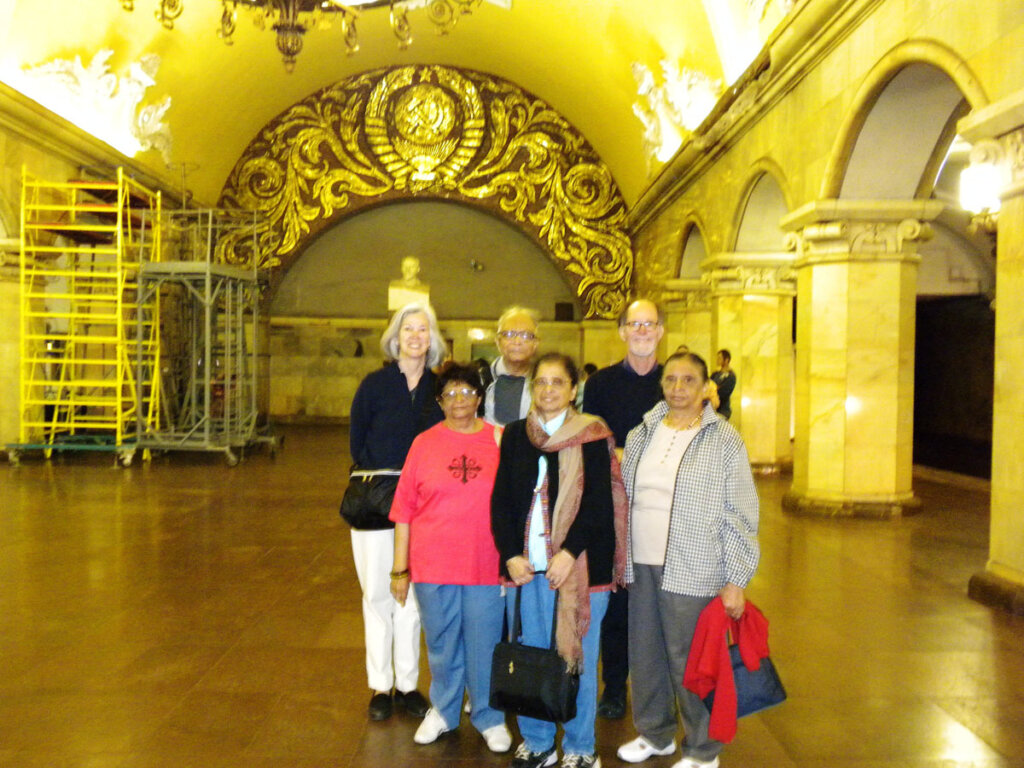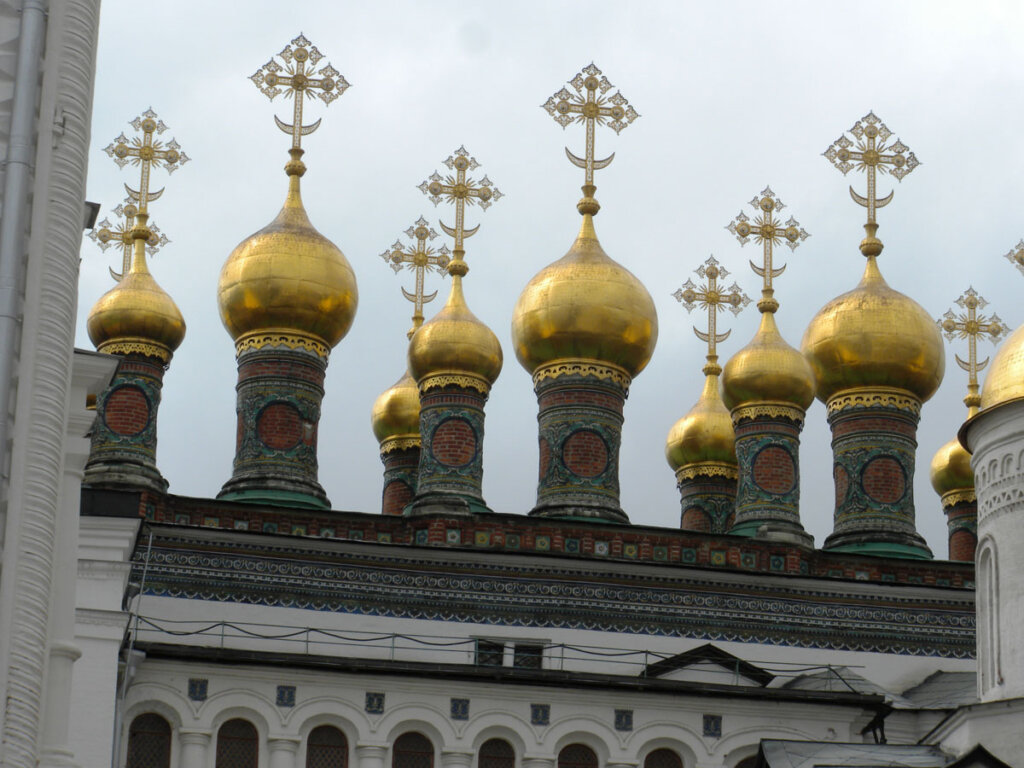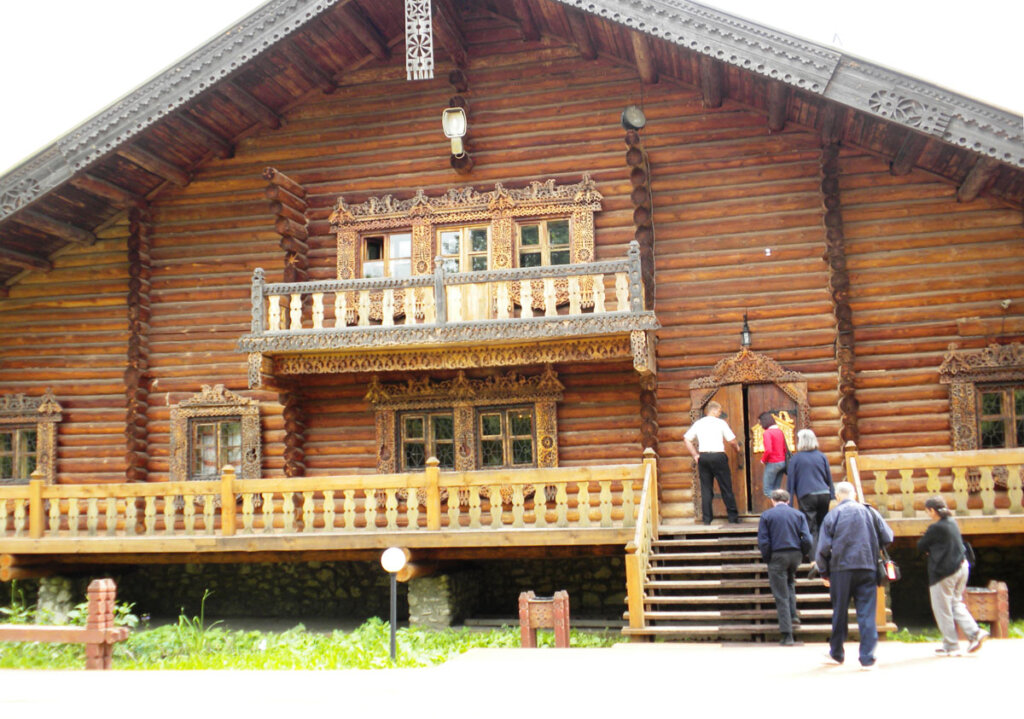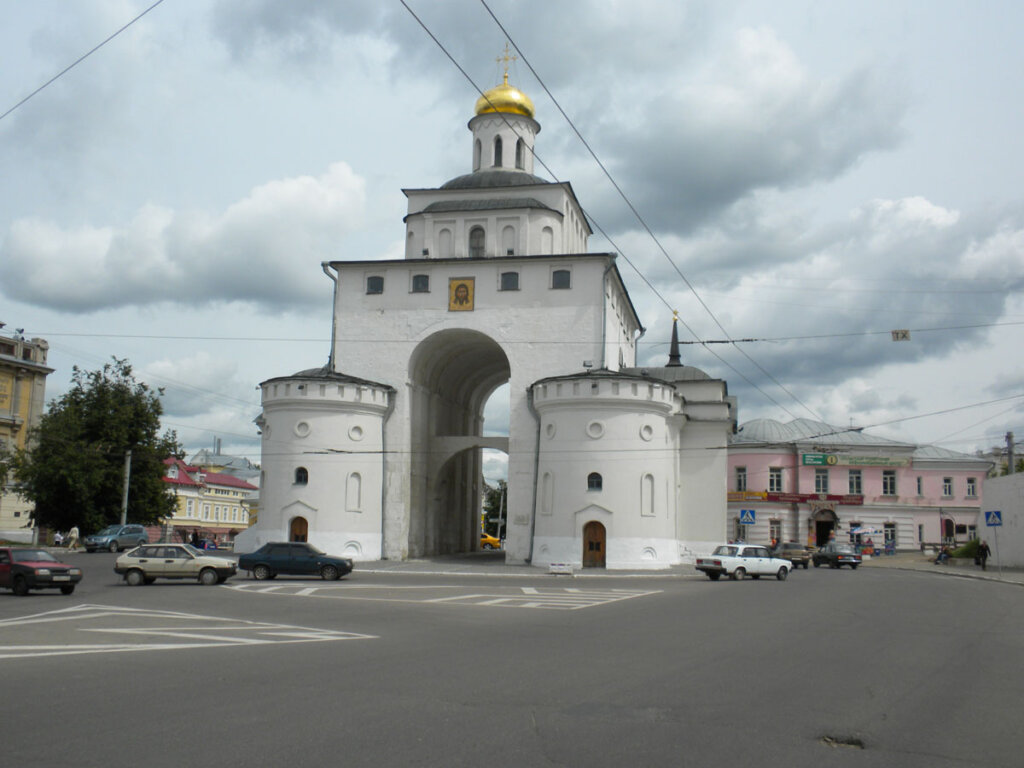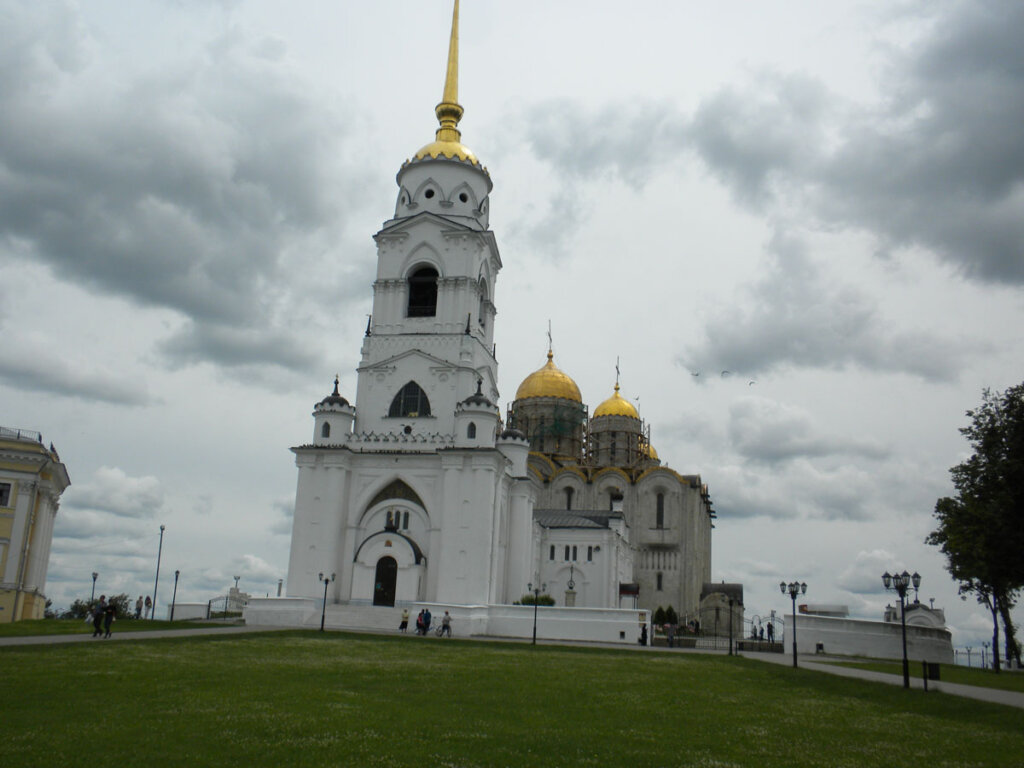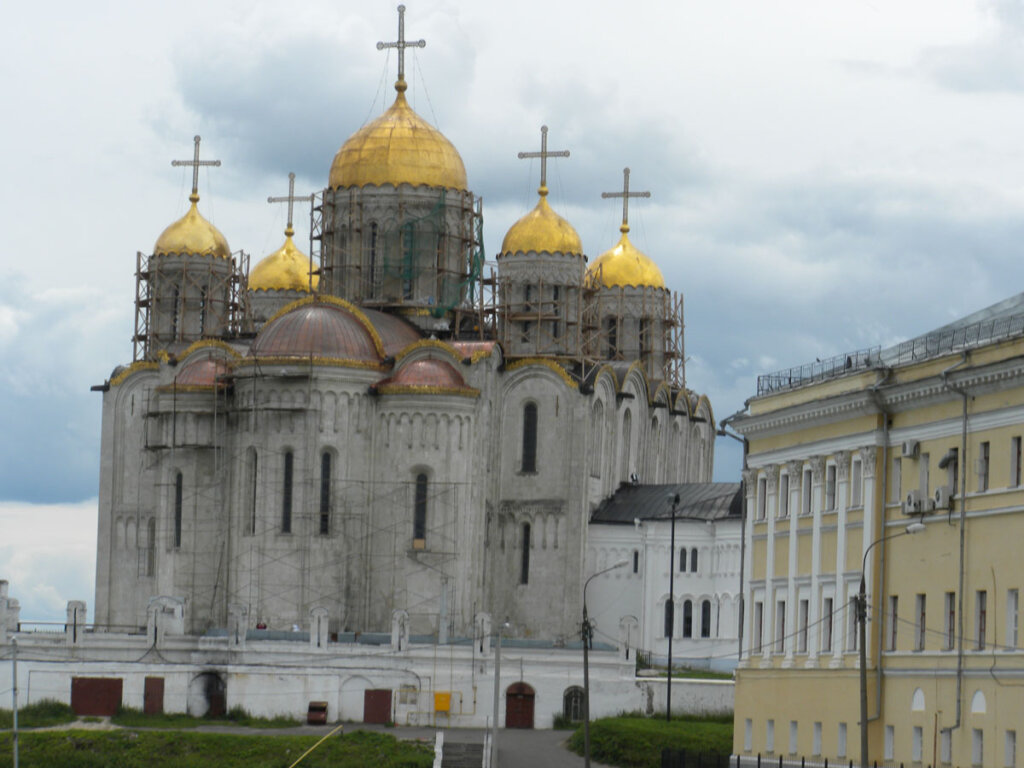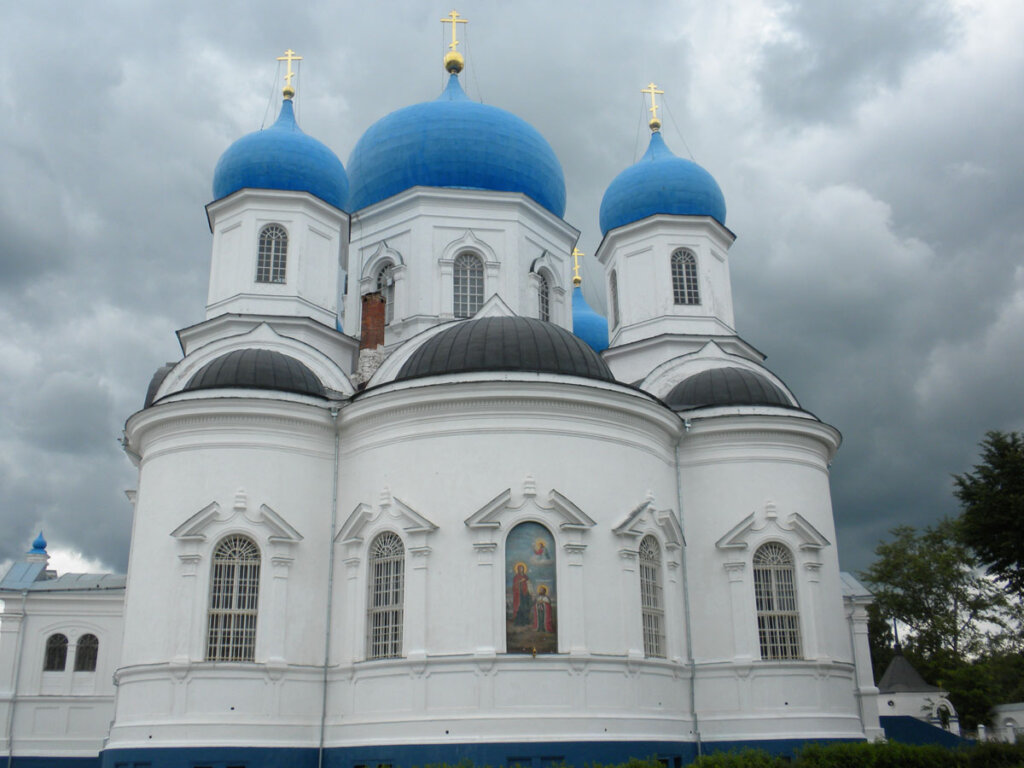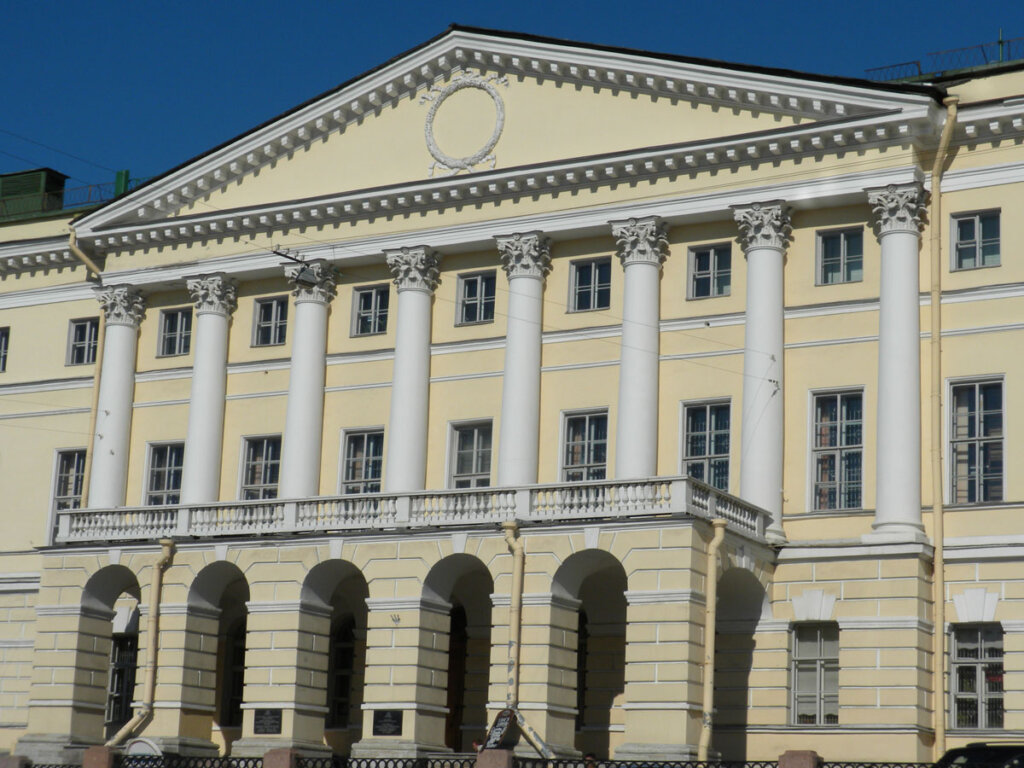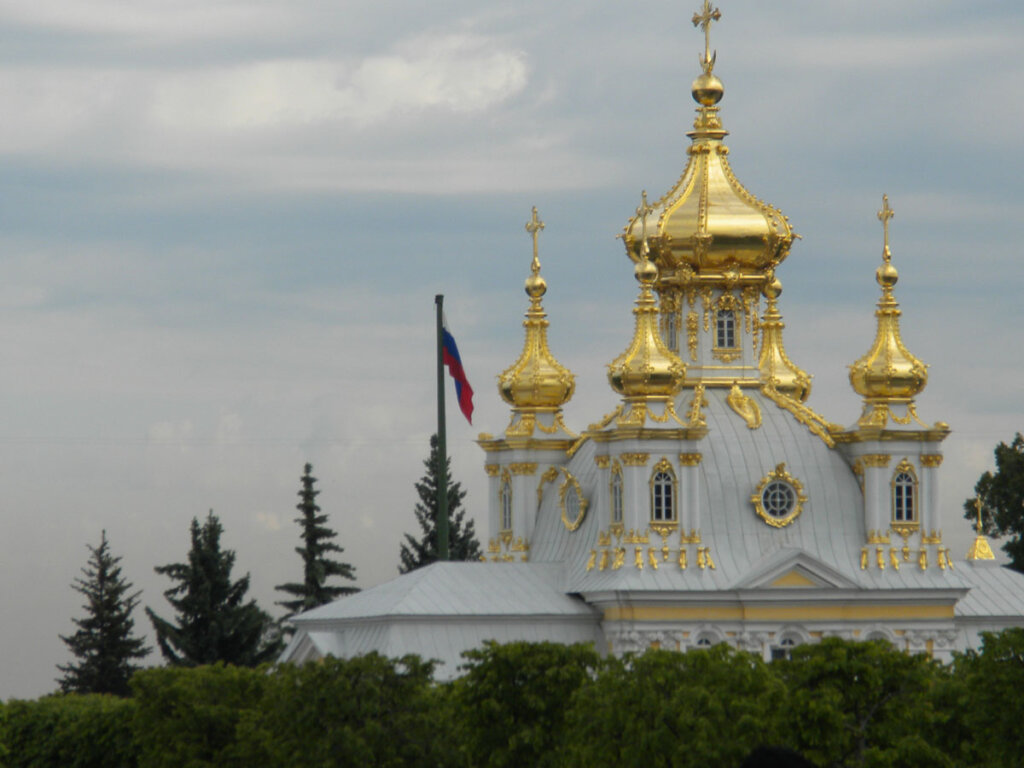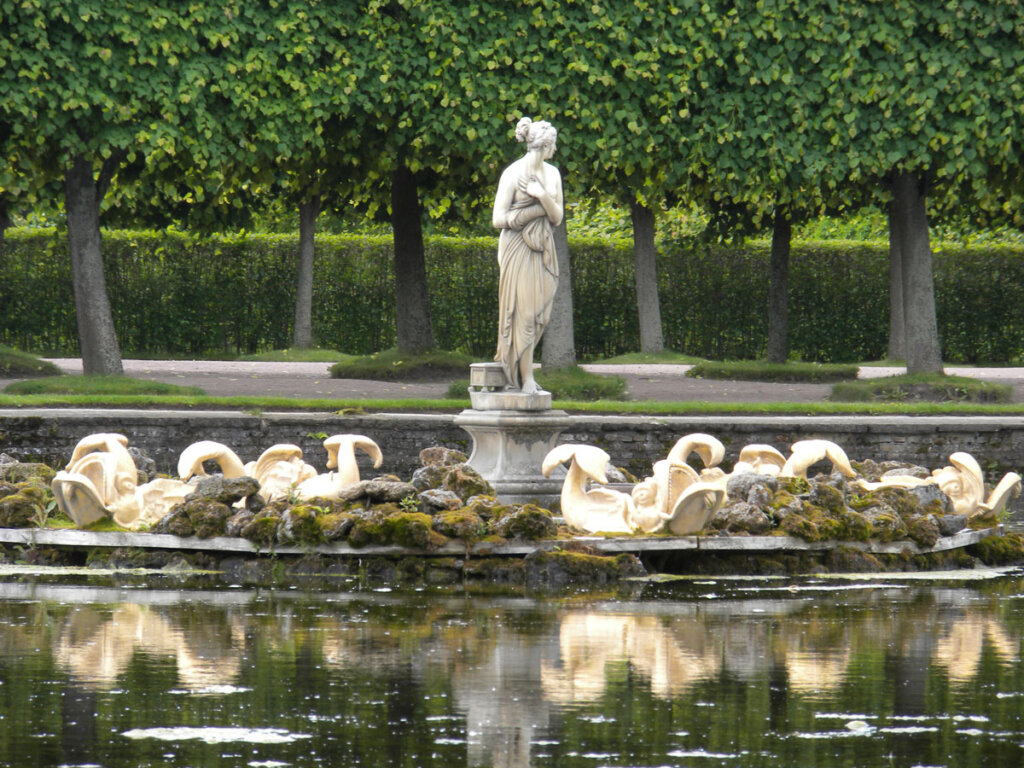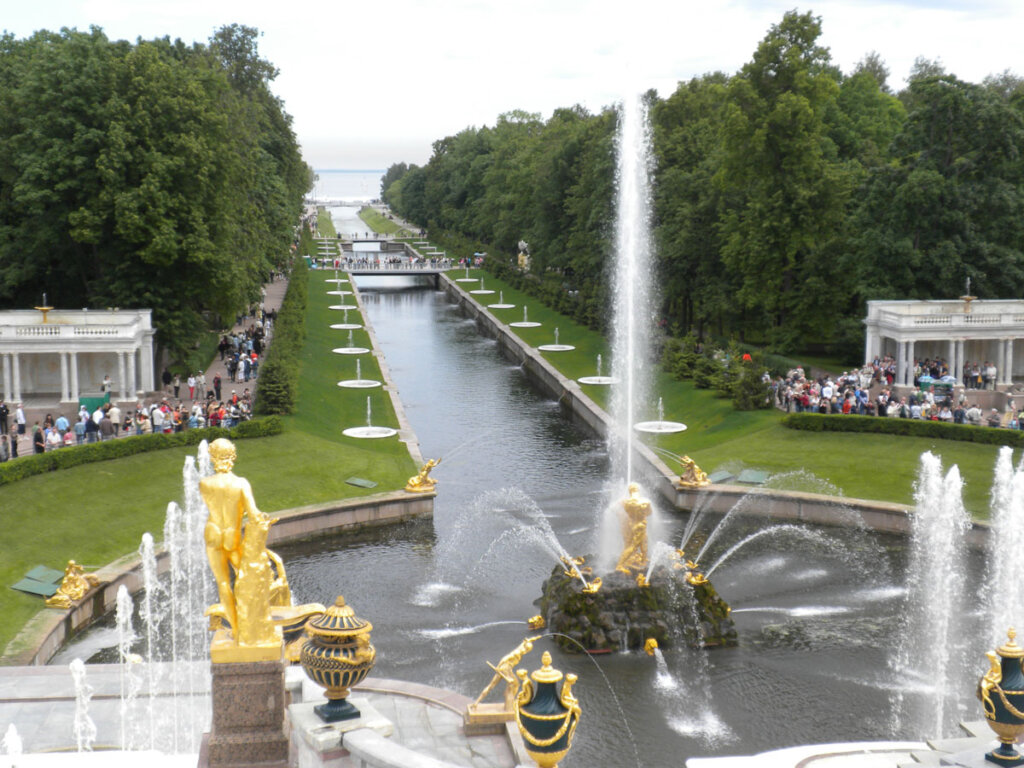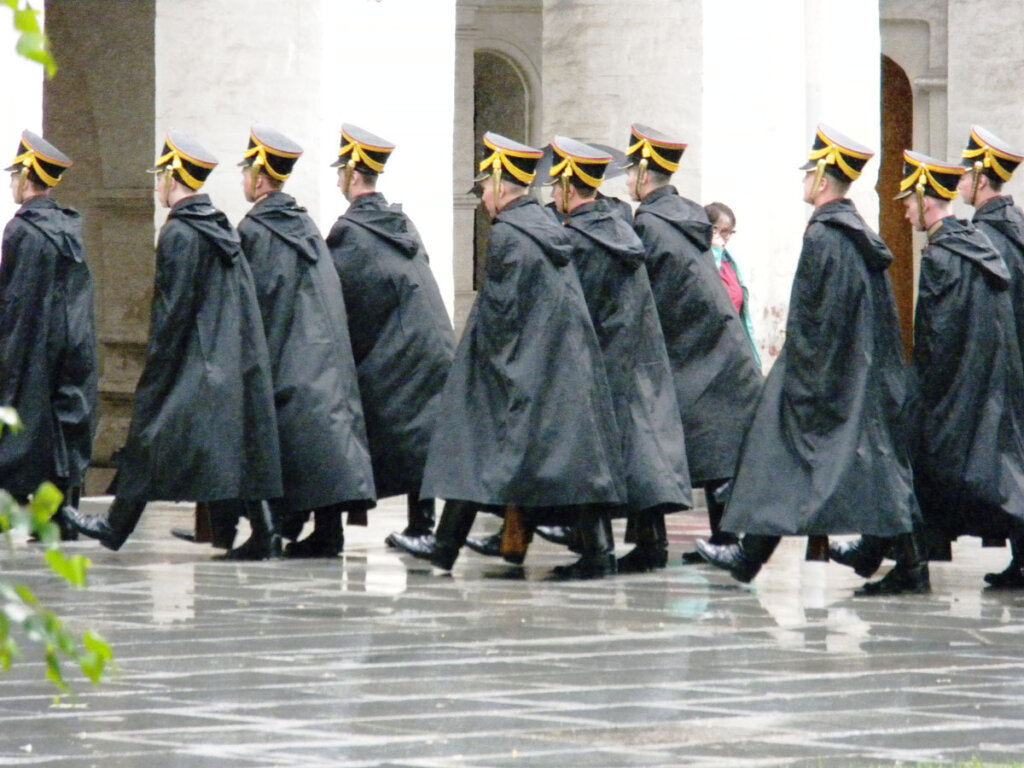Russia 1 – June 2009 Last Updated: April 2, 2022
My main interest in going to any country is basically for NATURAL beauty with unique charactrs and intersting culture in terms of art.
As for Russia, it has been isolated for so many years geographically and religiously – and that makes it different.
I am not at all interested in religious feuds but it had major effect on life and art of the country.
Christianity was introduced into Kievan Rus by Greek missionaries from the Byzantine Empire in the 9th century. In 863–869, Saint Cyril and Saint Methodius translated parts of the Bible into the Old Church Slavonic language for the first time, paving the way for the Christianization of the Slavs.
===================================================
Moscow


Moscow, on the Moskva River in western Russia, is the nation’s cosmopolitan capital. In its historic core is the Kremlin, a complex that’s home to the president and tsarist treasures in the Armoury. Outside its walls is Red Square, Russia’s symbolic center. It’s home to Lenin’s Mausoleum, the State Historical Museum’s comprehensive collection and St. Basil’s Cathedral, known for its colorful, onion-shaped domes.
While in Moscow we walked around Kremlin, saw beauty of undergrounnd stations, University building, Bridge of locks, Museums etc.
The city is home to several UNESCO World Heritage Sites, and is well known for its display of Russian architecture, particularly its historic Red Square, and buildings such as the Saint Basil’s Cathedral and the Moscow Kremlin, of which the latter serves as the seat of power of the Government of Russia.
From Moscow to Saint Petersberg we had decided to travel by train instead of flying.
Saint Peterberg
Saint Petersberg was founded by Peter the Great in 1703.
It is most populus city on Baltic coast of Russia. It is located on the delta of the Neva River, at the head of the Gulf of Finland. The city spreads across 42 islands of the delta and across adjacent parts of the mainland floodplain.
The most interesting places to visit Saint Petersberg is its Museum and Peterhof, whose unique garden-park setting, stretching in terraces rising above the Gulf of Finland, contains representative works from two centuries of Russian architectural and park styles. The Great Palace, the former residence of Peter I, stands at the edge of the second terrace, its bright yellow walls contrasting with white stucco decorations and the gilt domes of its lateral wings. Built in the Baroque style (1714–28), it was reconstructed and expanded by Rastrelli from the mid-1740s to the mid-1750s. On the north the building commands a view of the Grand Cascade, a grandiose structure including a grotto, 64 fountains, and two cascading staircases, which lead to an enormous semicircular basin that contains a giant statue of Samson wrestling with a lion. This statue, symbolizing the military glory of Russia, is a copy of the original statue by Mikhail I. Kozlovsky, which was carried off by the Nazis during World War II. In fact, much of the town’s treasure was plundered and many of its buildings were destroyed during the siege of Leningrad. After the siege was lifted, the city was given a more Russian-sounding name, Petrodvorets, which was its official name from 1944 until it was renamed Peterhof in 2009. This magnificent vista becomes all the more remarkable when it is remembered that much of it is a post-World War II restoration.
